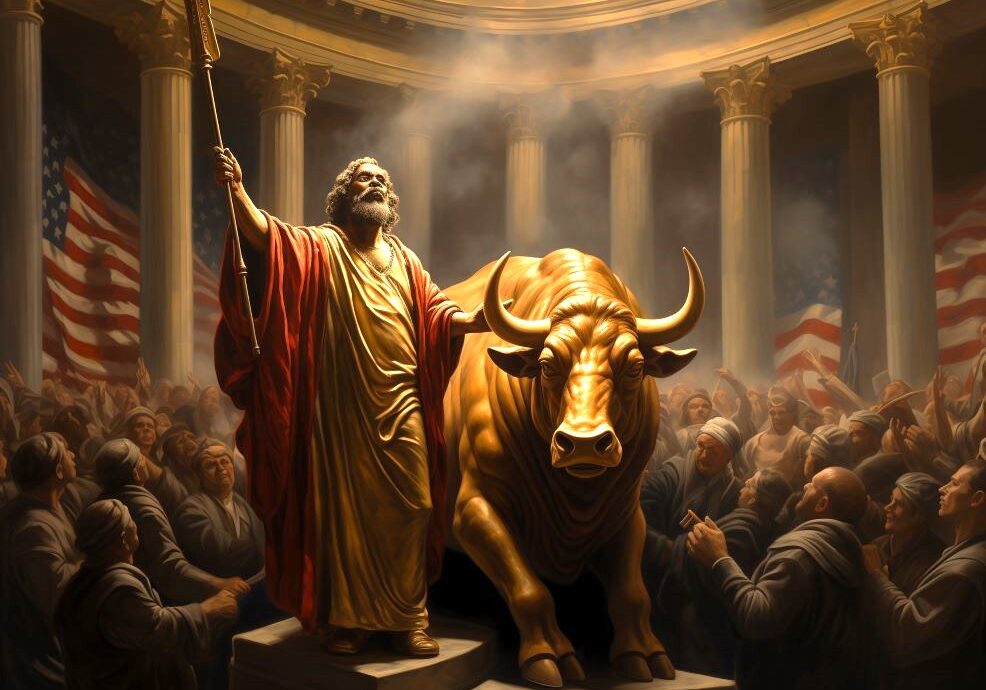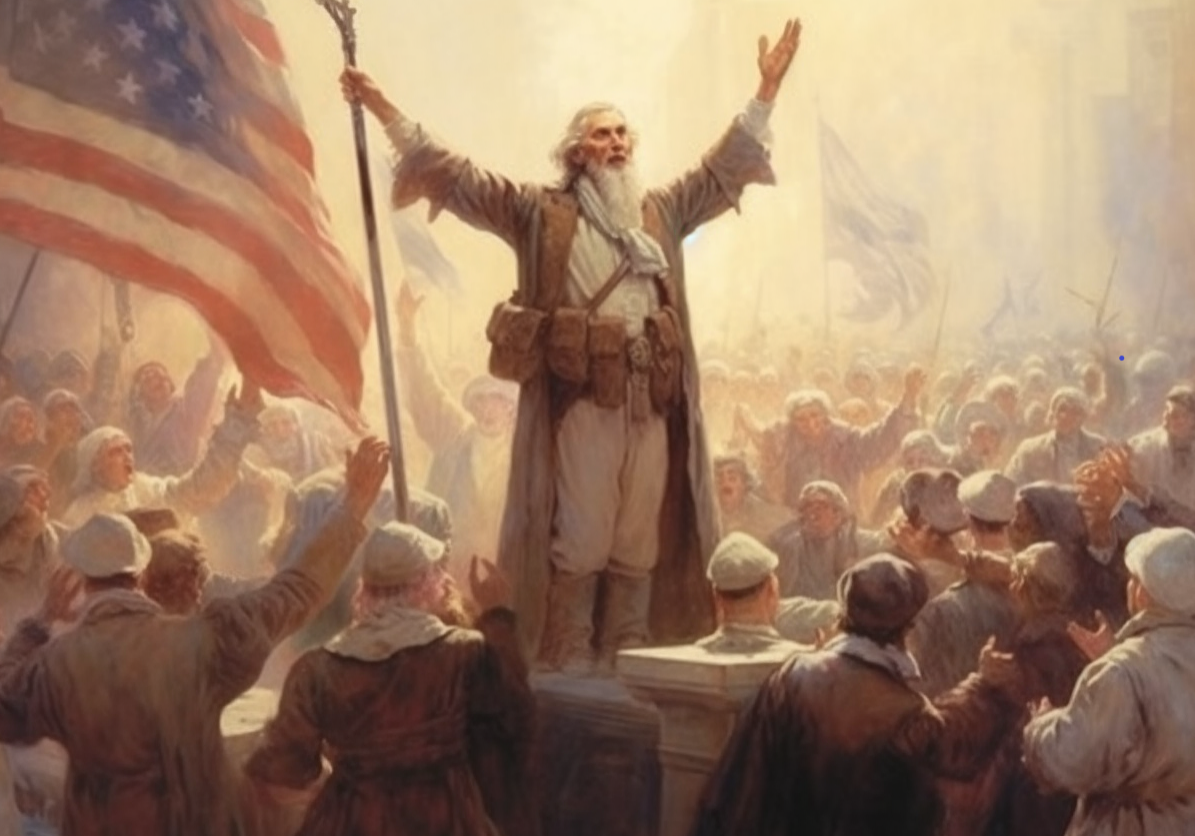Harrumph!
To learn more about Epsilon Theory and be notified when we release new content sign up here. You’ll receive an email every week and your information will never be shared with anyone else.
Continue the discussion at the Epsilon Theory Forum
The Latest From Epsilon Theory
This commentary is being provided to you as general information only and should not be taken as investment advice. The opinions expressed in these materials represent the personal views of the author(s). It is not investment research or a research recommendation, as it does not constitute substantive research or analysis. Any action that you take as a result of information contained in this document is ultimately your responsibility. Epsilon Theory will not accept liability for any loss or damage, including without limitation to any loss of profit, which may arise directly or indirectly from use of or reliance on such information. Consult your investment advisor before making any investment decisions. It must be noted, that no one can accurately predict the future of the market with certainty or guarantee future investment performance. Past performance is not a guarantee of future results.
Statements in this communication are forward-looking statements. The forward-looking statements and other views expressed herein are as of the date of this publication. Actual future results or occurrences may differ significantly from those anticipated in any forward-looking statements, and there is no guarantee that any predictions will come to pass. The views expressed herein are subject to change at any time, due to numerous market and other factors. Epsilon Theory disclaims any obligation to update publicly or revise any forward-looking statements or views expressed herein. This information is neither an offer to sell nor a solicitation of any offer to buy any securities. This commentary has been prepared without regard to the individual financial circumstances and objectives of persons who receive it. Epsilon Theory recommends that investors independently evaluate particular investments and strategies, and encourages investors to seek the advice of a financial advisor. The appropriateness of a particular investment or strategy will depend on an investor’s individual circumstances and objectives.









“Give the governor harrumph!”
One of your best analogies ever - and that’s saying a lot.
Brilliant diagnosis, Doctor Guinn! Anytime you include Burke, J.S. Mill, MLK, Jefferson (and Harvey Korman) in one commentary, you’ve hit a truly important conceptual target.
I feel like some of this is our inability to handle nuance. It seems (that is, I don’t know or have any specific evidence) that mass communication, by its nature, demands the simplification of messages. Dealing with intractable problems is difficult, requires consensus and compromise, and involves trade-offs between policies that may desirable but incompatible. It is just easier from a communications standpoint to focus on one specific issue and hammer it like a propagandist.
So, for instance, instead of discussions about/destruction/removal of monuments being just a part of a larger “ideology” or movement or protest it becomes the focus of the rhetoric.
I feel like there’s an unfortunate confluence between what is easy to do and what is simple to act upon. It’s riskless and easy to send a broad message of performative, rhetorical support for a simple part of a complex issue. Ex. A tweet saying: “I have white privilege and we need to stop ignoring it as a society.” And then doing nothing and changing nothing. But because there’s no risk and no rigor it lacks meaning, and can only serve the previously organized/existing channels and divisions.
I think your framework here of Holy vs. Deadly is a great way to understand how all of our public discourse (or, at least a lot of it) gets dragged out of reality into the rhetorical plane of narrative and speech.
All of this to say: I wonder if social media/the internet/24 hour news has truly made us all into the other-regarding Sheep to such an extent that it makes it almost impossible to fix anything as we’re all just crowd-watchers, unwilling to risk anything that may damage our social standing. No risk = no meaning = our perception of an empty, narcissistic, and nihilistic culture.
Just some random thoughts here that this piece brought to mind so don’t mind me. Excellent as always.
Thank you, Jane! I had a memory that Harvey had died only a couple years ago. The instant aging process I underwent when I discovered it took place 12 (!) years ago was regrettable.
So kind of you, Mark! Thanks!
Thanks, Eric. FWIW, I agree.
I think you’ll get the “two” of a one-two punch from Ben tomorrow, as it will argue something much like what you describe - and offer a solution. It is not an easy one, but worth a shot.
If you were referring to cook-book essay then I guess ET and their audience are on the same wave-length - though wasn’t expecting that much porn. Thanks!
Rusty, I celebrated the 4th by watching Hamilton and I was struck by how it seemed an anthem to the current bottom up movement. I had the hopeful feeling that it would be the classic of our time, that these young people and those young people sprang from the same unending revolutionary fount. Thanks for putting the risks to this revolution in such clear terms.